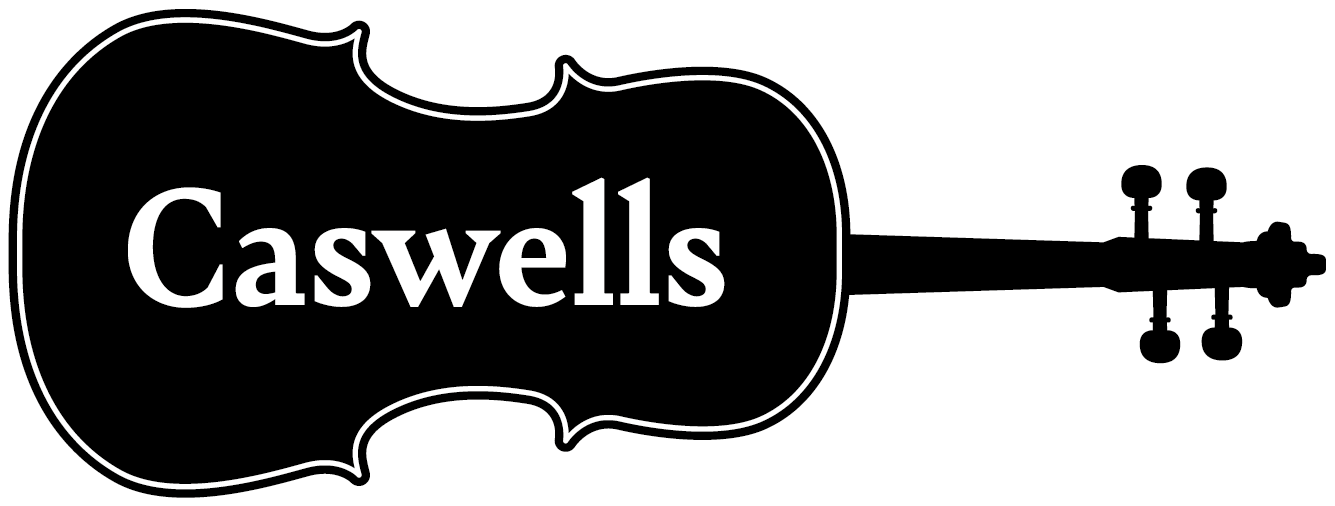Cello floor stops or floor anchors. What’s your preference?
Cello floor stops are an ongoing a problem for many Cellists.
You can, of course, simply insist on the sharp endpin directly onto the carpet or floor – but many venues take a dim view of that and then you also have hard tile or marble floors. Cello ferrules are a handy alternative and Wolf have a superior rubber ball, the Super endpin, that fits over the endpin, but generally something more is needed. So, what is your next best option?
There are a great many designs and models on the market and each has a following. Here are the options:
Free-standing Rock Stop types: These floor stops are small rubber or plastic objects which fit easily into a case or music bag – unfortunately they are also easy to mislay or lose. Most famous and most popular is the Dychem ‘Black hole’, a little rubber doughnut shaped stop. These can in time lose their traction or stickiness. An alternative is the very similar ‘Rock stop’. More modern designs such as the three-footed spaceship shaped Viva is made from polycarbonate with a metal cup for the endpin, replaceable feet, and a variety of colours, and the ‘Stoppin’. The thing to watch here to prevent your Cello flying off at a tangent is to avoid dirty floors, or at least give the floor stop a good wipe before each performance
Cello anchors that connect to a chair: These anchors have the advantage of not slipping too far away while you are playing. The single-strapped Xeros is popular and consists of a two-inch-wide adjustable strap with a ‘D’ring for the chair leg and a metal cup non-skid base for your endpin. This anchor may not fit all types of chairs, or all heights of players, as it only extends to 32 inches. Variations of this type is the Stentor anchor with two string loops for both chair legs which gives better control, the old fashioned, but still popular wooden ‘T’ ’bar stop. An innovative gadget called ‘Fursland’ has two wire chair leg holders which slide back into a cylindrical aluminium body which makes for easy storage in a Cello case. Another choice is the Muco Cello Anchor, which has a small cello-shaped endpin rest, and adjustable nylon strap.
Sound-Enhancing Endpin Holders: Artino have brought out an end pin anchor with a resonator box and nylon strap to attach it to a chair-leg, There is also a metal option with a resonance hole but without the adjustable nylon strap. The latest model has a chair strap and a larger resonating box, which is fantastic for pupils using basic student Cellos giving an enhanced sound.
Best in class? The Celloboots cello anchor – the most expensive and versatile of them all! It has a removable belt which is optional to use and if the floor is very slippery or dusty it can be anchored around a chair leg – otherwise it can be used without the strap. Made of high quality tough odourless, industrial elastomer and complete with a cotton carry bag.
https://caswells-strings.co.uk/product/celloboots-endpin-anchor/





Black holes have never really worked for me. They won’t grip on some types of flooring (stone floors in churches are the worst) and lose their stick too quickly due to getting dusty. Stoppins I find are more successful but if you are not careful to position your spike in the middle, it can sometimes jump off the block if you lean on the cello (say when shifting up). I like anchors but they are all so short, especially the Stentor.
If you also use your cello to teach in schools, very sharp spikes are a hazard for both pupil and teacher – I speak from experience here!